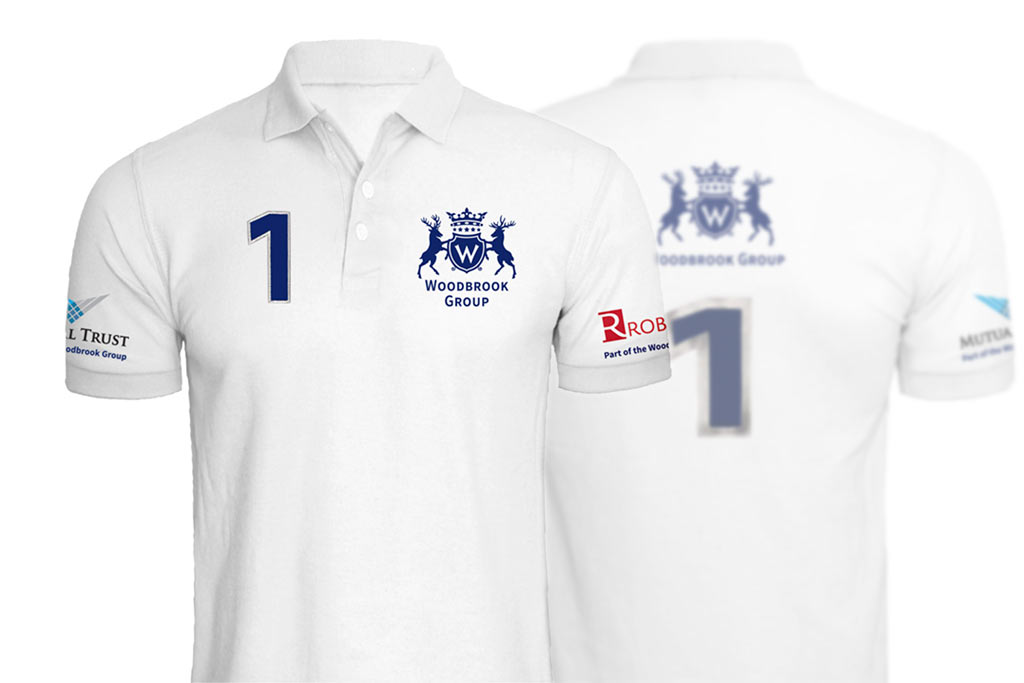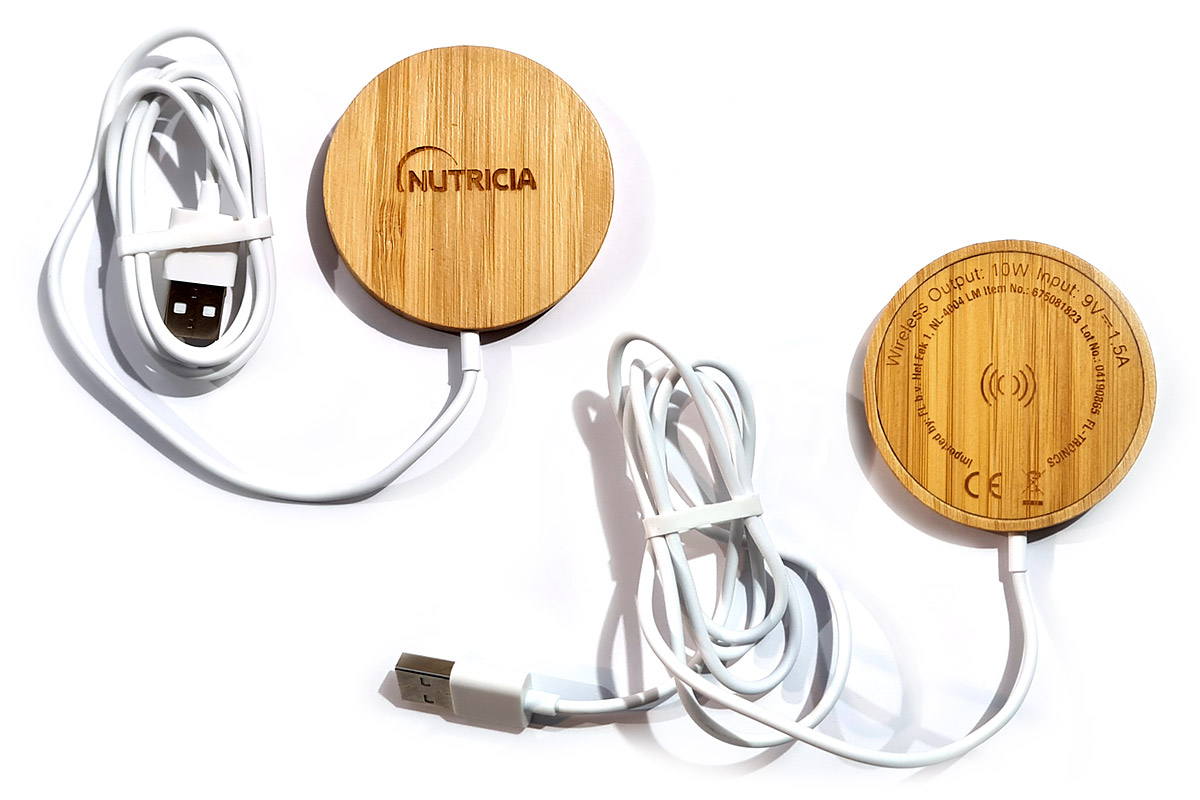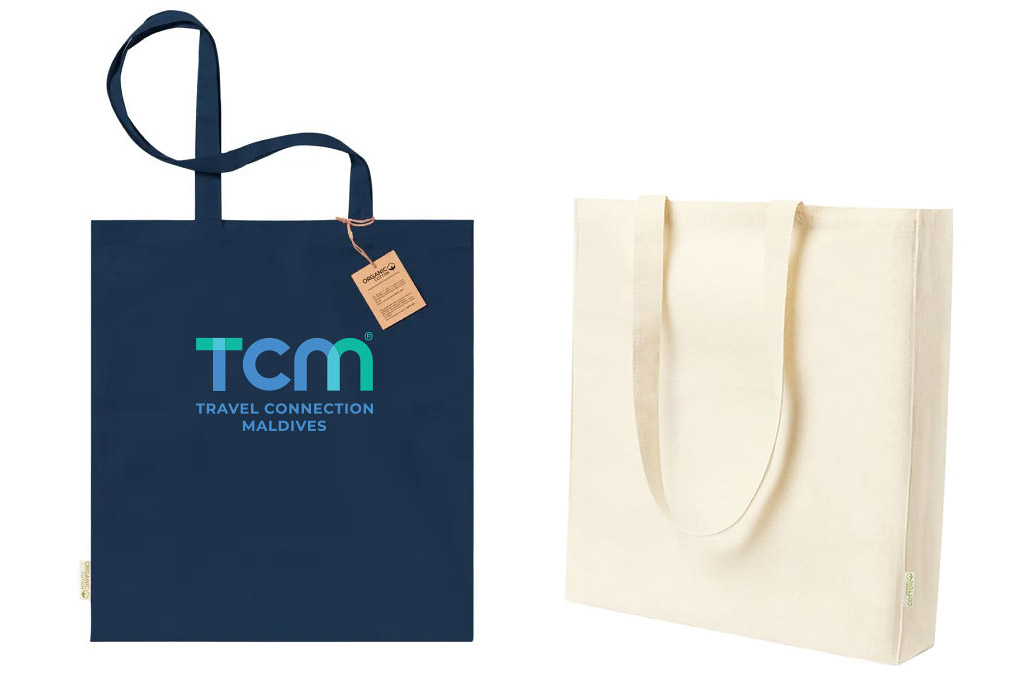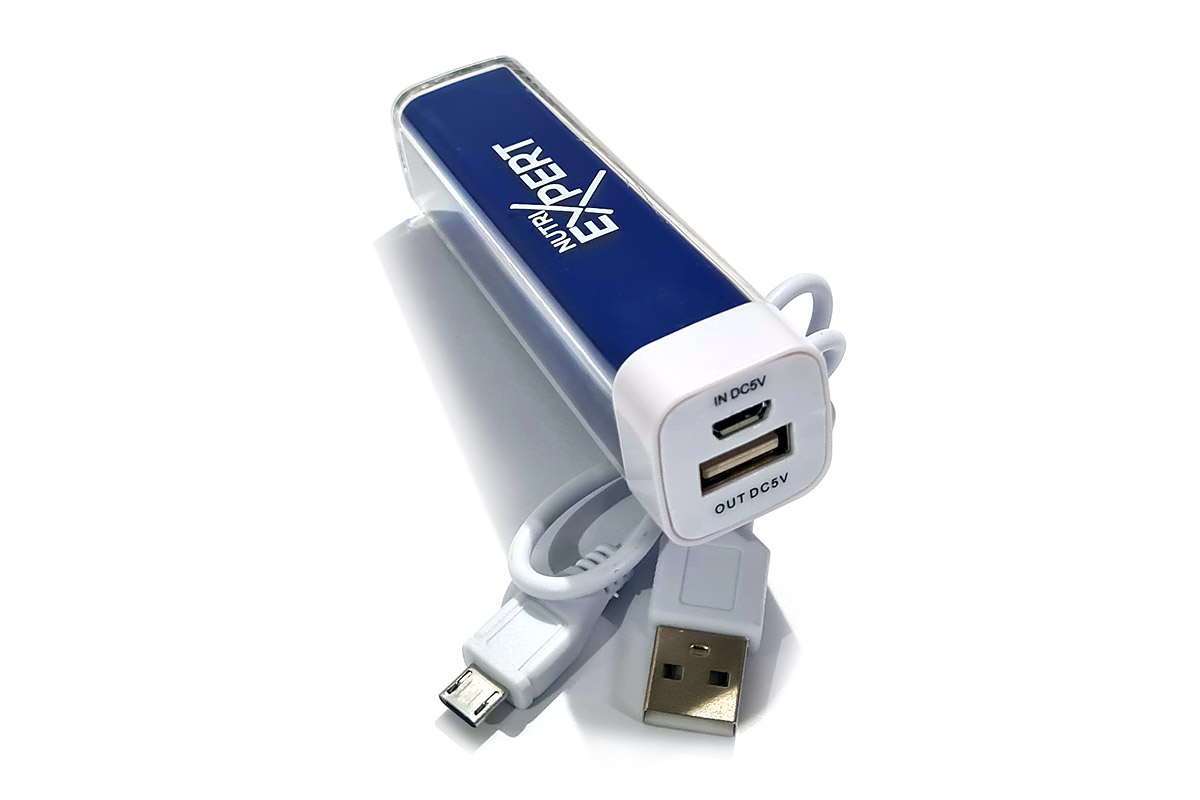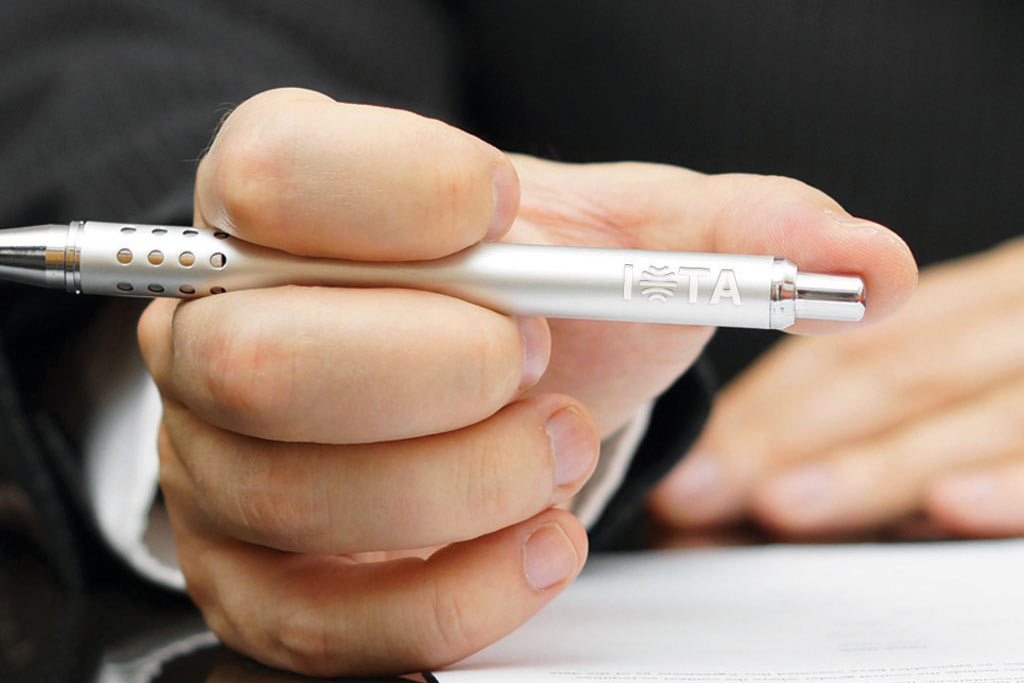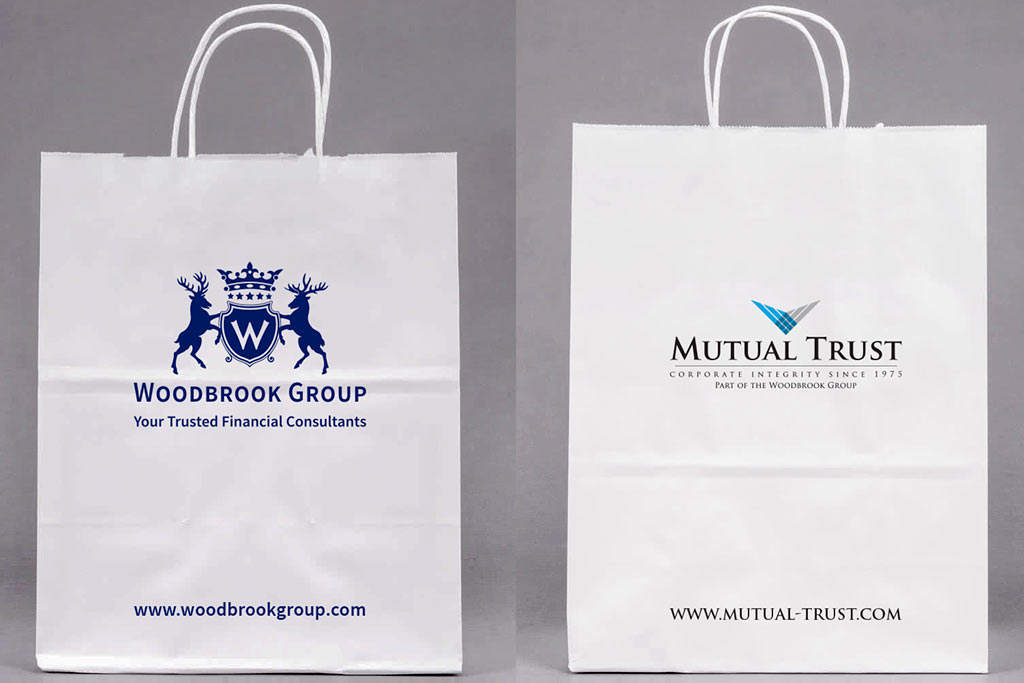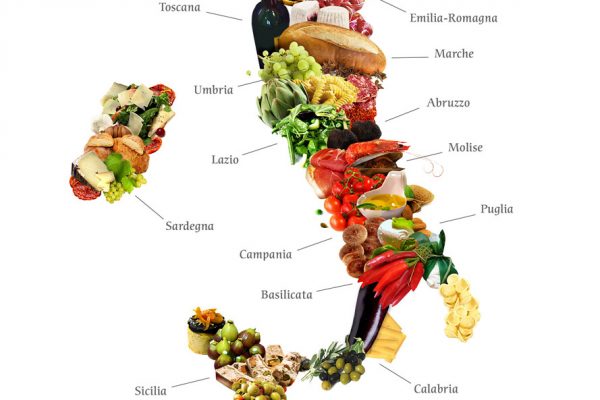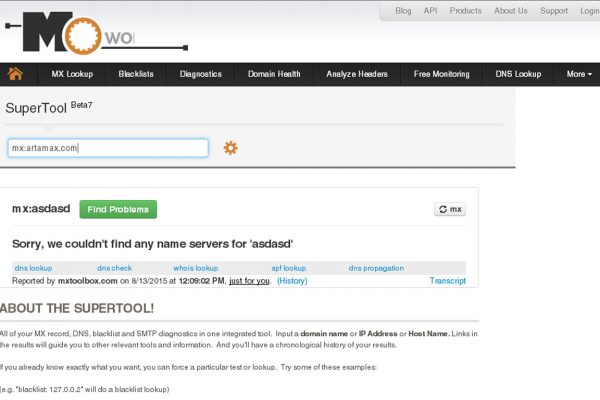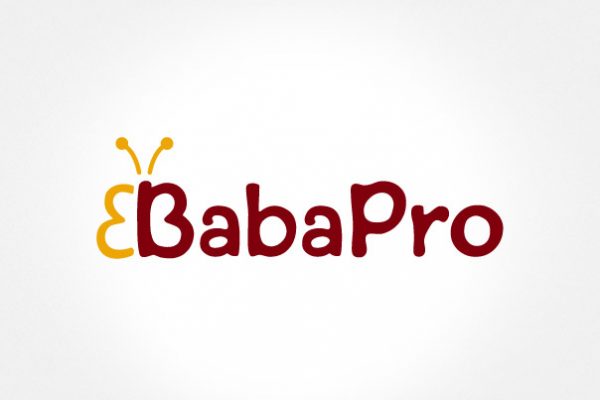Retailers depend on merchandise design to attract and retain customers. It involves making items that satisfy consumers’ requirements and wants. From concept to customer, the merchandise design process has many steps that contribute to product success. This article will examine the merchandise design process from idea to customer and how it has changed with consumer preferences and technology.
In this article
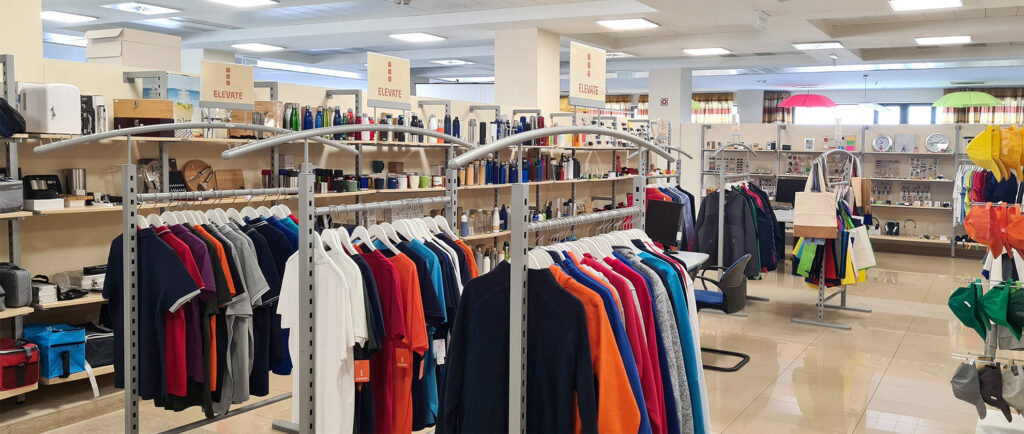
Concept and Research
Product design starts with an idea. Market trends, client input, or a designer’s vision can inspire this idea. The goal is to match this notion with the target audience’s demands and wants. For this, substantial study is done. Starting with market research is vital. Designers must grasp market trends, consumer preferences, and market gaps. This may comprise data analysis, surveys, and competition research. Determine what’s needed, what’s lacking, and what target buyers want.
Design and Development
After thorough research and concept definition, design and development commenced. This step involves making abstract ideas into products. Designers make prototypes, sketches, and mock-ups. Designers need CAD and 3D modeling to visualize and enhance their ideas. The design step goes beyond aesthetics. A function should be also considered in the meantime. Products must be attractive, functional, and efficient. Merchandise designers must balance form and function.
Production and Manufacturing
After design, production, and manufacturing begin. This includes supplier selection, material sourcing, and manufacturing setup. A consistent, high-quality product that meets design standards is the goal. Supplier ties are vital now. Manufacturers must be trustworthy and deliver on time and under budget. Designers and suppliers collaborate to ensure quality and match the prototype. Production efficiency is an important factor to consider.
Promotion and Marketing
While the product is being made, marketing and advertising begin. Product buzz is important to its success. A captivating story, branding, and advertising and promotional efforts are needed. Marketing should promote a lifestyle, experience, or solution, not just a commodity. The marketing pitch should include product design, features, and benefits. Social media, email marketing, and e-commerce have expanded customer reach.
Retail and Distribution
Getting products to customers is at times complicated. This stage is important for retailers. Retailers must stock, display, and sell goods in stores and online. Designers and producers must collaborate with merchants to present things well. This includes labeling, packaging, and POS displays. A good presentation can influence a customer’s purchase. Stock levels must be managed to guarantee customers availability of desired items and products.
Customer Feedback and Iteration
The merchandise design process continues after the product is available. After buyers receive the goods, customer input is invaluable. To improve and iterate, companies collect client satisfaction, complaints, and ideas. This feedback loop is essential for market competitiveness. Designers can utilize this data to improve existing goods, make new iterations, or design new ones to fulfill client wants.
Conclusion
A product in a customer’s hands is the result of merchandise design’s many steps. Creativity, research, collaboration, and invention must be balanced. As consumer preferences change and technology advances, merchandise design will change, offering new opportunities and problems for designers and merchants. Retail success depends on those who can manage the concept-to-customer path in this ever-changing landscape.

